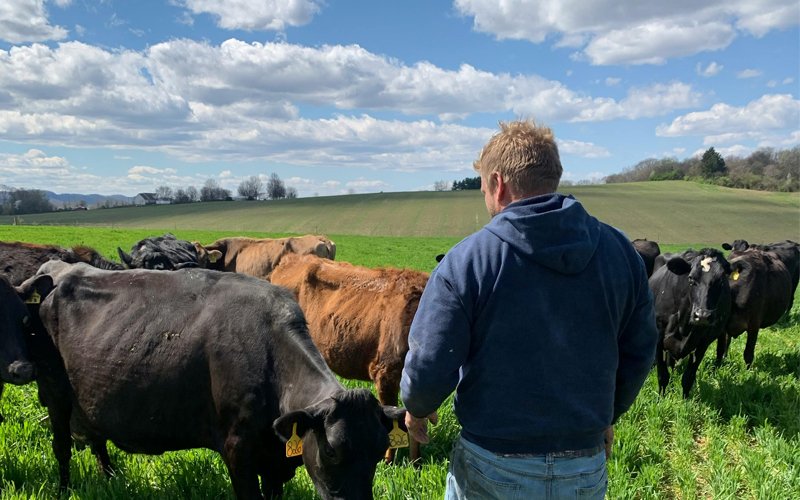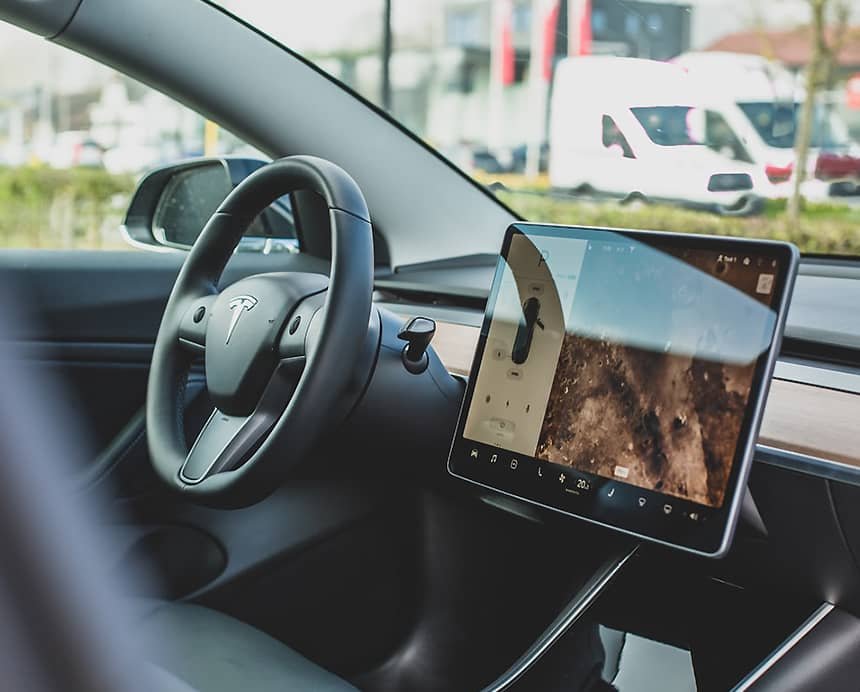
The 4G+LoRa GPS tracker solves the coverage blind spot, high power consumption and cost problems of a single network through complementary technologies, which is especially suitable for IoT applications requiring wide-area coverage, long endurance and reliability, such as intelligent logistics, agricultural monitoring, emergency management and other scenarios. With the popularization of LPWAN technology, this type of hybrid solution will become one of the trends for IoT devices
Enhance coverage and adapt to complex environments
1.4G Advantage: Provide high-speed and stable real-time data transmission in urban areas or areas with good 4G coverage.
LoRa supplement: In remote areas (such as mountains, farmland, deserts) or underground facilities and other environments with weak 4G signals, use LoRa’s long-distance (up to 10-15 kilometers) penetration capability to ensure data return.
Scenario example: Logistics vehicles automatically switch to LoRa when entering remote areas to avoid signal loss.
2. Significantly reduces power consumption and extends battery life
Dynamic switching mechanism: Daily low-frequency positioning data (e.g. hourly updates) is transmitted via low-power LoRa, and 4G is enabled only when real-time tracking (e.g. emergencies) is required.
Battery life: Combining LoRa can extend device life by weeks or even months compared to continuous 4G use, making it suitable for field monitoring or asset tracking.


Flexible data transfer for cost optimization
On-demand mode selection: Go LoRa for small packets (e.g. location coordinates) to save on traffic costs; enable 4G for large traffic demands (e.g. geo-fencing alarms).
Cost-effective: Reduced reliance on 4G traffic, especially when using a private LoRaWAN network, can significantly reduce operating costs.



Dual network redundancy for improved reliability
Backup communication channel: When the 4G network is congested or fails, LoRa can be used as an emergency channel to transmit critical data and avoid information loss.
Application example: Dual networks ensure uninterrupted monitoring in the tracking of critical assets (e.g., medical equipment transportation).
Support large-scale IoT deployment
High-capacity access: LoRa gateways can connect thousands of devices, suitable for scenarios such as logistics fleets and agricultural sensor networks.
Hybrid Architecture: Local LoRa network handles device data in the region and then aggregates it to the cloud via 4G for efficient management.
Local and remote collaborative management
Edge computing integration: LoRa nodes can perform local data processing (e.g., anomalous location determination) and only trigger 4G to upload critical alerts, reducing cloud load.
Example: In a farm, LoRa monitors the location of livestock in real time and notifies the administrator via 4G when abnormal movement occurs.
Diversified Application Scenario Expansion
Urban + field coverage: applicable to cross-border scenarios such as bike sharing (urban 4G + suburban LoRa) and wildlife tracking.
Industrial scenarios: tracking devices in factories via LoRa while connecting to external management systems with 4G.
Potential Challenges and Considerations
Hardware complexity: requires the design of dual-mode communication modules, which may increase initial costs.
Switching Logic Optimization: Intelligent algorithms are needed to balance power consumption and real-time performance, such as automatically adjusting communication modes based on movement speed.
Genenlink provides innovative solution, providing you a better management,Vehicle/Fleet GPS Locator, providing one-stop solutions for your vehicle management. Accurate, efficient, and secure, helping your business reach new heights. Immediate consultation to start a new chapter of smart management!
